In the summer of 1989, rock-stars gathered at London Metropolis Studios to record all-star version of Deep Purple’s “Smoke on the Water” hit to help Armenia after the Spitak earthquake. Mediamax presents the special project dedicated to the 30th anniversary of Rock Aid Armenia to reveal previously undisclosed details.
Rock Aid Armenia special project is supported by the British Council.
***
In May 1990 Rock Aid Armenia founder Jon Dee visited Armenia to travel to the earthquake zone with Ian Gillan. Below you can read his memories of the trip.
I had just released 'The Earthquake Album' which had gone 'gold' in the UK and together with Ian I wanted to see what was happening on the ground in the earthquake zone.
The timing was fortunate. Ian had some concerts planned at the Sports and Concerts Complex in Yerevan and I needed to visit Armenia to meet with people on the ground.
Flight to Yerevan
Getting the visa to visit Armenia turned out to be a lot easier than for my first trip there. The success of the album and our top 40 'Smoke on the Water' single meant that I had got to know the UK's Soviet Ambassador and his staff. He had organised for the deputy head of the Academy of Sciences to sponsor my trip. That opened up a lot of doors.
This time around, instead of the KGB monitoring me to see what I was up to, they were following me to ensure that everything was okay. The funniest experience happened at Moscow airport when I was waiting for the domestic Aeroflot flight to Yerevan. A man in a pink suit was reading an English newspaper. He was failing badly in his efforts to look like a western tourist. On looking at him more closely, it turned out that his newspaper was the wrong way up. Unless he could read upside down, there was no way that he could read the paper. From the other side of the room, I silently motioned to him that he needed to turn his newspaper the correct way. He looked at the newspaper, laughed at himself, winked back at me and smiled. I smiled back.
The plane itself had seen better days and was so full that some people were standing. Someone even had some chickens with them. It was not what I was used to on a British flight. My personal assistant questioned whether we should get off the plane. The state of the plane prior to take-off had worried me but the landing was far worse. On approaching Yerevan I couldn't believe how high we were above the airfield. We suddenly dropped from the sky and hit the ground so hard that baggage fell out of the overhead lockers. As the plane bounced on the tarmac, it was a heart stopping moment. Even the locals looked dazed.
What surprised me was that the passengers waited for the pilots to disembark before they did. It came as no surprise to see two pilots who looked like they had drunk vodka for the whole trip to Armenia. Looking at the state of the plane, it was probably the only way they could get up enough courage to fly the thing. On disembarking from the plane, we saw an old man with a big iron bar hitting the wheels. As he hit each wheel and saw it still had air in it, he shrugged. Safety check completed, he walked away.
What to expect of the earthquake zone?
On reaching our hotel, we arranged to catch up with Ian the next day. Complete with a full entourage, we got in to a beautiful limousine that looked like it was straight off a 1950's Hollywood set. It was a long drive to Spitak, so Ian and I took the time to catch up about the Rock Aid Armenia project. We had a long conversation and it was nice to talk with nobody else around.
We weren't sure what to expect of the earthquake zone. Would anyone have any time to show us around? What was the infrastructure going to be like? Would we be intruding on people's personal space? What would we find? So many questions were going through our minds.
The first thing we were shown was a memorial put up to recognise those who had died during the earthquake. As we walked around the surrounding area, we noticed that the gravestones in Armenia are very different to those in the West. They had very lifelike etchings of the faces of the people who had died. What struck us hard were the gravestones showing children. Ian and I were shown a gravestone that had the images of a whole family. There were beautiful images of a mother, her children and their father. All had died. We had to turn away. As we did so, we saw countless other gravestones showing similar faces. The experience triggered much emotion that we found hard to suppress.
We were then taken to the international village in Spitak where two things happened that affected us even more. We firstly met an old lady who had been given a small demountable one room home. We were told that she was lucky to have it. On entering it, we came across a wall of photos. She cried as she pointed out all her relatives. Our translator told us that they were all dead.
She spoke to us in a language that we didn't understand. We didn't need to. Her voice and the distraught sobs that came from deep within her were universal in what they conveyed. In her old age, she had lost her entire family. You could sense her desperately reaching out and so Ian gave her the loveliest hug. He looked into her eyes and didn't say anything. He didn't need to. I held her hands and she put her head on my shoulder. I felt her tears on my neck. I was only 27 and had never experienced the grief of a stranger like that. The grief filled the room and on leaving her, the cold air hit us as much as our emotions.
"The orphans class"
What Ian and I saw next hit us harder still. We visited a school in a temporary building. We were taken in to a classroom, which the translator told us was "the orphans class". It turned out that the majority of the children there had lost all their family. Mothers, fathers, brothers, sisters, aunties and uncles. The look in the eyes of these children affected me so profoundly that I still cannot talk about it publicly to this day. Looking in their eyes you could see they were still alive, but you sensed that inside they had emotionally died. I find myself crying as I reminisce and write these words. Back then I found it impossible to fathom the grief that those children were experiencing. It cut to my soul back then and the memory of that moment still does the same today.
We went back to our car. Nobody spoke. We couldn't. We had been left in shock from the experience. As we drove around the ruins, one couldn't help but wonder how on earth a society could bounce back from such devastation and grief. We pulled over so that I could film an interview for MTV. I remember saying that I thought the area would need help for decades to come. Little was I to know that Ian and I would be back there 20 years later still trying to do our small bit to help out.
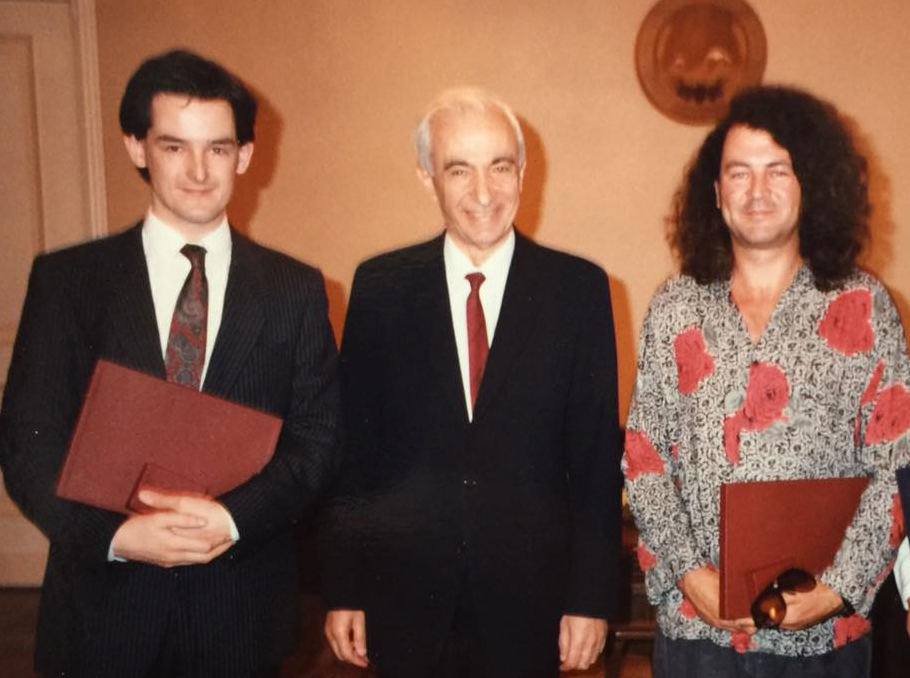 Jon Dee, Chairman of Supreme Council of the Armenian SSR Hrant Voskanyan and Ian Gillan in Yerevan, May 1990
Jon Dee, Chairman of Supreme Council of the Armenian SSR Hrant Voskanyan and Ian Gillan in Yerevan, May 1990Photo: Jon Dee’s archive
Nobody could talk
A total contrast greeted us when we were told that a lunch was being held in our honour. Amongst the devastation, a local group of dignitaries and reconstruction managers wanted to personally thank us for what we were trying to do. The generosity of the food and the warmth of the words left us feeling a great depth of gratitude towards our hosts. Despite the terrible situation that our hosts were in, they reached out to Ian and I in a way that left us deeply moved.
We reached a time where we had to leave in order to get Ian back to the first of his concerts in Yerevan. In the car on the way back, we were all totally silent. Nobody could talk. Each of us was in our own world processing what we had all seen. It was a feeling that I have experienced at funeral wakes. At some point, somebody said something that made us all laugh and we then took to talking about the positive things that we had seen. We all spoke of our deep affection for the people that we had met. It is a feeling that Ian and I have experienced again and again at the lunches and dinners that we have had in Armenia since that first visit together.
Outburst of emotion
The mood in the car slowly lifted and we soon found ourselves at the venue. That night I stood at the back of the stage watching Ian perform to a sold out venue at the Sports and Concerts Complex. When the first note sounded there was an incredibly powerful outburst of emotion from the crowd. Ian reacted with the best show that I have ever seen him perform.
The next day we were given a tour of Yerevan and had a quieter day. We needed it. The experience of visiting the earthquake zone had left an indelible impression on us.
What became clear to me during our lunch in Spitak and the trip itself was that the success of Rock Aid Armenia was not to be judged in how much money it had raised. I now realise that its main success had been to boost people's morale in the earthquake zone. 17 months after the earthquake, the media had gone home and Armenia was no longer being talked about overseas. But to know that some of the world's biggest rock stars were still trying to help raised people's spirits over there. They came to realise that they hadn't been forgotten.
Read also:
The fake Wembley poster and the real meeting with Stas Namin
“Rock and Mercy”: Komsomolskaya Pravda covers Rock Aid Armenia in 1989
David Gilmour helps put together the constellation of Rock Aid Armenia
Roger Taylor takes over as drummer for Rock Aid Armenia
***
On 5 June 2019, Yerevan will host a gala night to mark the 30th anniversary of Rock Aid Armenia. Deep Purple’s Ian Gillan, Black Sabbath’s Tony Iommi and organizer of Rock Aid Armenia Jon Dee will attend the gala. The visit and celebration of the anniversary are organized by Mediamax Media Company and DoSomething (Australia).
The sponsor of Rock Aid Armenia’s 30th anniversary celebrations and the rock stars’ visit is IDBank. Koor Wines is the partner of the event.

![]()









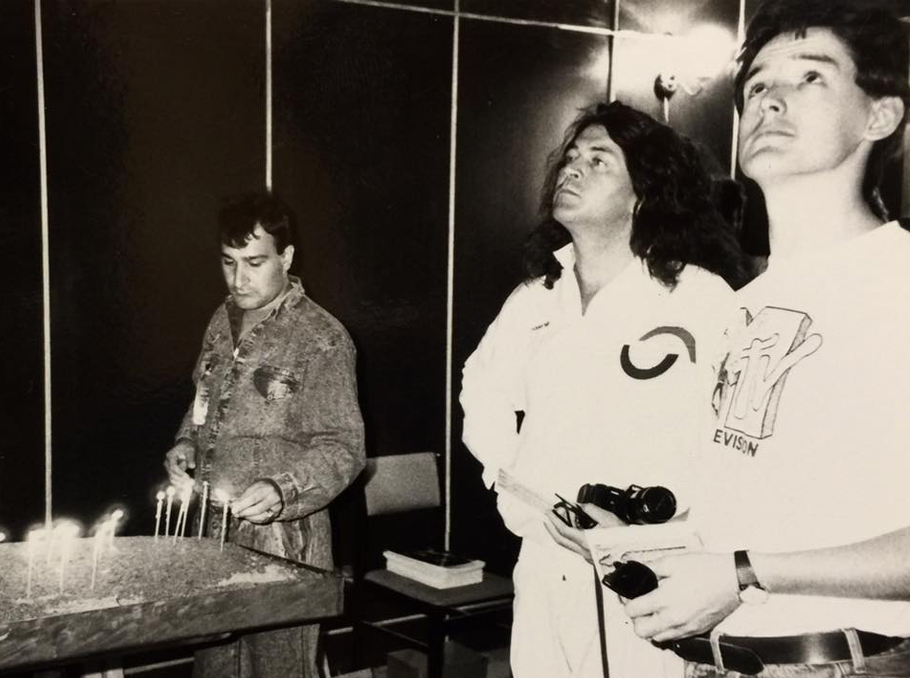

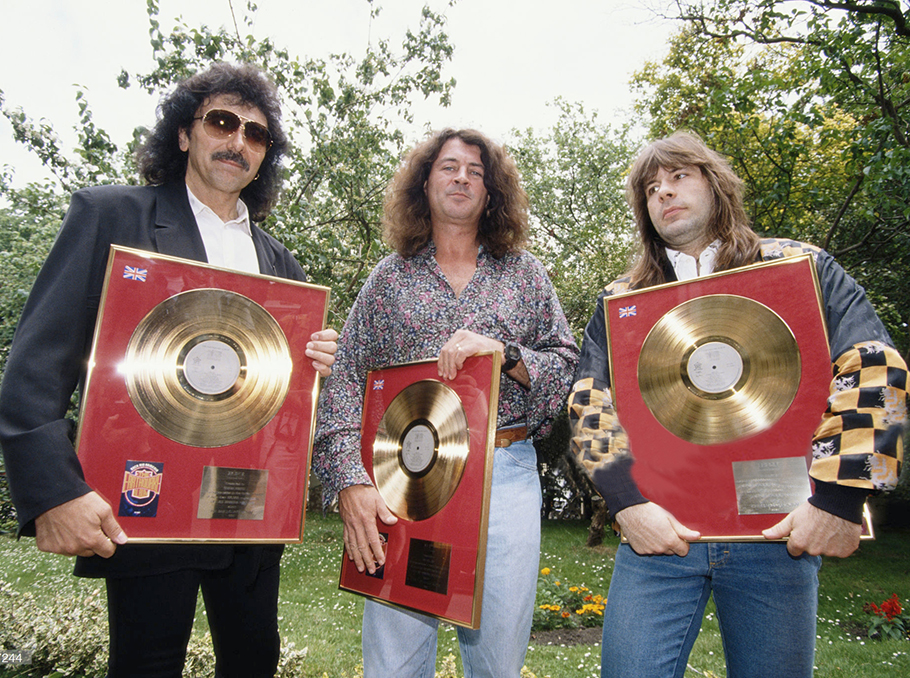
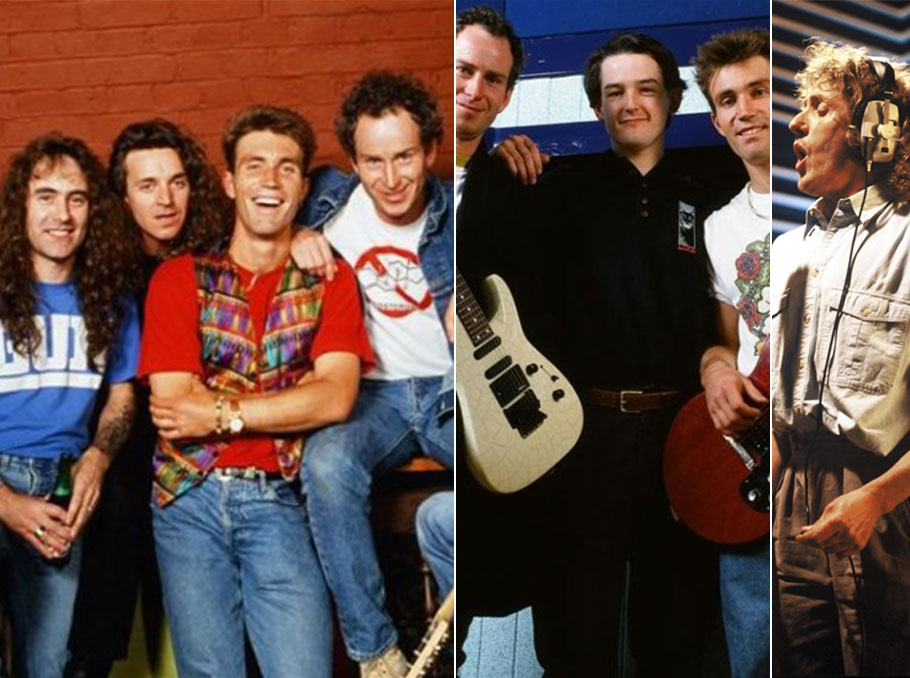
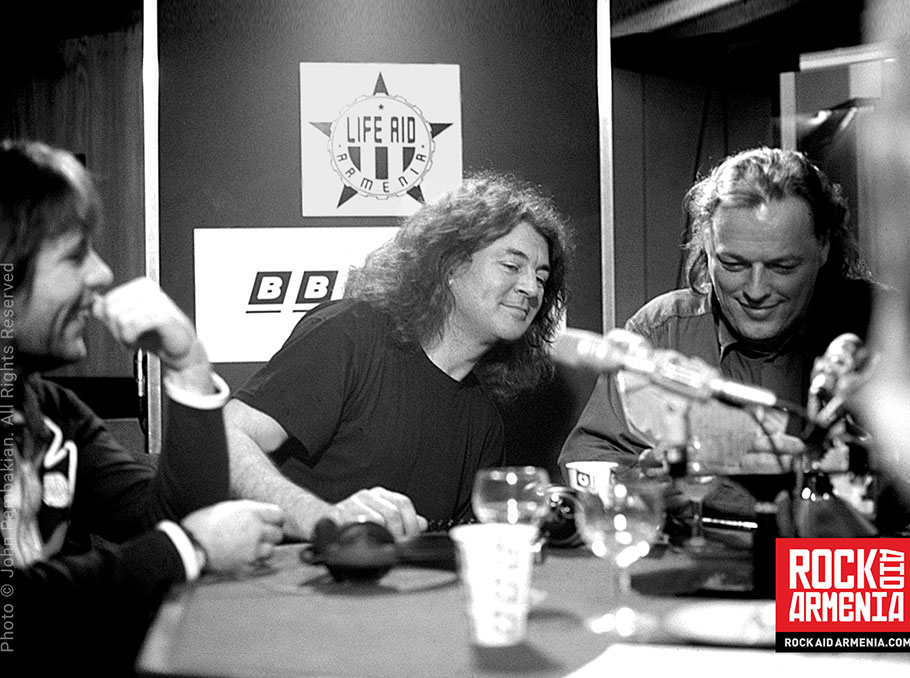
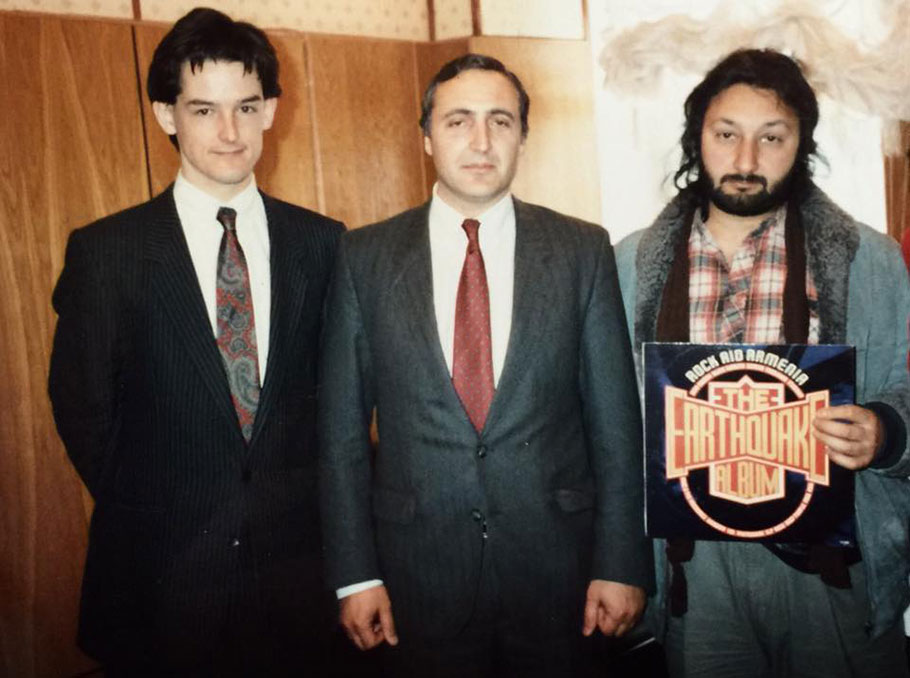







Comments
Dear visitors, You can place your opinion on the material using your Facebook account. Please, be polite and follow our simple rules: you are not allowed to make off - topic comments, place advertisements, use abusive and filthy language. The editorial staff reserves the right to moderate and delete comments in case of breach of the rules.